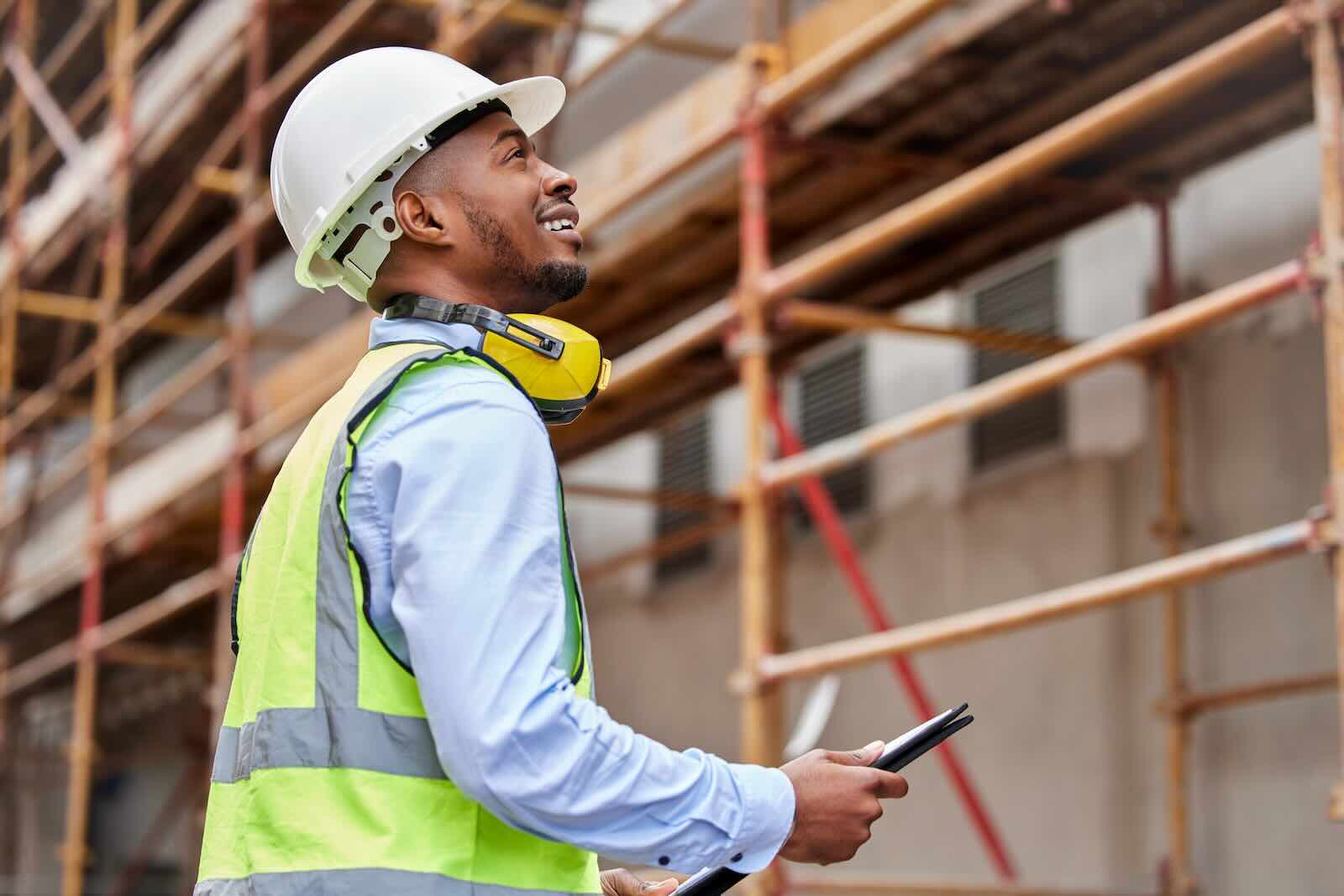ImpactAlpha, June 24 – Kiva, known for its crowdsourced lending platform, is making refugees the focus of its first institutional fund. The San Francisco-based non-profit is going after bigger dollar amounts and institutional investors with Kiva Capital Management and its Kiva Refugee Investment Fund. The asset management group’s first initiative is the Kiva Refugee Investment Fund (KRIF) to accelerate access to capital to refugees by investing in microfinance institutions that lend to them.
More than 70 million people are either internally or internationally displaced worldwide. The majority “remain displaced for a long-period of time,” said Kiva’s Lev Plaves, who spoke of plans for the fund at the Economist’s impact investing forum in February. “We need to look at sustainable long-term solutions. We have to move beyond humanitarian assistance.”
Kiva’s initial target is at least $30 million as a “proof of concept” for its first institutional initiative, Plaves said at the time. It is “impact first,” meaning investors will earn concessional returns.
The fund will invest in Kiva’s microfinance partners that have been lending to refugees through Kiva’s World Refugee Fund since 2016. That initiative was started to help microfinance institutions overcome risk concerns about lending to a seemingly transient population. It has catalyzed $13 million to nearly 16,000 refugees through its crowdfunding site, Kiva.org.
“What we’ve seen is that refugees are actually repaying loans on time and at the same rate as [other] borrowers,” Plaves said. “It’s a valuable and important lesson: lending to refugees is not only viable but a business opportunity.”
KRIF aims to serve 200,000 borrowers. Plaves told ImpactAlpha in February that the fund will write bigger checks to microfinance partners that have already proven their refugee lending models through Kiva.org’s support. That the aim is to graduate more partners to the institutional fund.
Plaves said the fund has a five-year investment timeline and aims to be fully invested by the end of 2019. It will focus on partners serving refugees in the Middle East and Latin America.











